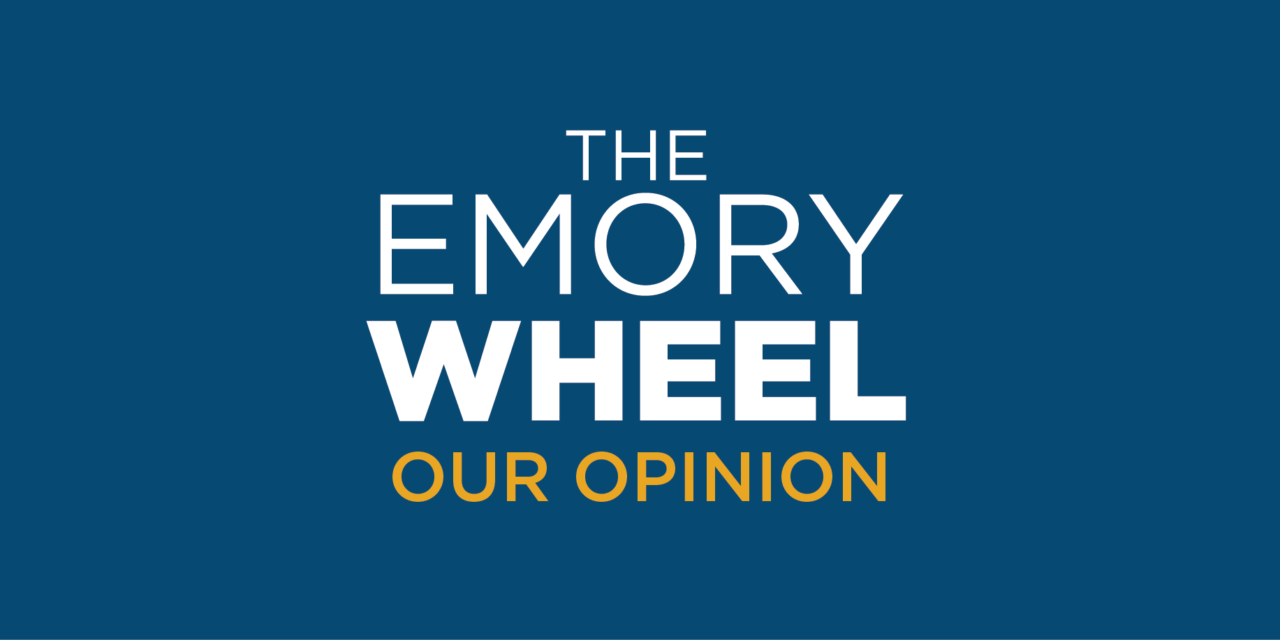Following President Obama’s announcement of a national plan for free community college earlier this month, debates flared in the media over its value as a national investment and the feasibility of such a plan on a financial level. We at the Wheel find this plan to be a step in the right direction, but we do have some reservations.
The plan was officially proposed in the annual State of the Union address this past Tuesday. The goal of this program is to make higher education, including technical and vocational schools, more accessible to those that are qualified but might otherwise not be able to afford the cost of attendance. This plan is modeled on the “Tennessee Promise” program, which that state has implemented with great success.
The two major stipulations of this new national proposal are that a participating student maintain a minimum 2.5 cumulative GPA and be currently enrolled in a full – or part-time program of study to maintain progress towards either a degree or a certificate in an in-demand field. This proposal supports those that wish to pursue education at a vocational or technical school, where students learn the ropes of various trades, such as plumbing, masonry or carpentry. This program would have a very wide-ranging impact on a wide variety of people with a potential for a lot of good to be done to and for our society. However, the proposal as it stands does not address a number of issues.
First, Obama’s plan does not address the current stigmatization of technical schools. Our media is inundated with the message that liberal arts colleges are necessary for a successful, comfortable life. The government needs to work to raise awareness of the benefits and importance of skilled labor and establish programs to encourage students whose passions do not lie at college to consider vocational training without any sense of shame.
Second, the program as stated does little to address the issue of retention at community colleges. Graduation rates at two-year schools are staggeringly low. For a six-year graduation rate, numbers around 20 percent are extremely common.
However, there may be solutions. Tennessee’s program, to increase retention at their state-funded programs, features a mentoring program to ease the transition to higher education for their students. Nearer to Emory, Georgia State University (GSU), a four-year college located in Downtown Atlanta, has used data to keep its 32,000 students on track to graduation, sending automated alerts to students’ advisors when a student doesn’t take enough credit hours or the right classes to remain on track to graduate. GSU’s approach has proved so successful — raising its graduation rates by 22 percent over 10 years — that it proved a major impetus in a recently announced merger with Georgia Perimeter College (GPC), which struggles in its graduation rates. If community colleges find more innovative strategies like these to retain students, this program could become profoundly successful.
Another issue raised is that low-income students already receive federal funding for college in the form of Pell grants, so free community college might more specifically benefit middle- or higher-income students. However, Pell grants do not address the extremely substantial costs of both textbooks and living expenses. Obama’s program needs to address this issue and target low-income students, as tuition is not the only price in cost of attendance.
Finally, the potential for continual severe credential inflation becomes a very real possibility. More and more professions, ranging from managerial positions at Target to performance positions in major orchestras, have experienced a phenomenon in which entry level positions now require a significantly higher level of education than they did in the past.
As this occurs, Obama’s plan may do nothing to stave off growth of economic inequality or improve the job market, because as far more people take advantage of schooling beyond high school, its value decreases.
However, despite its drawbacks and the questions we’ve raised, making higher education more accessible creates a stronger, more informed and more innovative populace. As Obama said in his State of the Union address, the U.S. needs to make college “as free and universal in America as high school,” thereby creating a more critically-engaged, stronger nation.
The above staff editorial represents the majority opinion of the Wheel’s editorial board.
The Emory Wheel was founded in 1919 and is currently the only independent, student-run newspaper of Emory University. The Wheel publishes weekly on Wednesdays during the academic year, except during University holidays and scheduled publication intermissions.
The Wheel is financially and editorially independent from the University. All of its content is generated by the Wheel’s more than 100 student staff members and contributing writers, and its printing costs are covered by profits from self-generated advertising sales.





